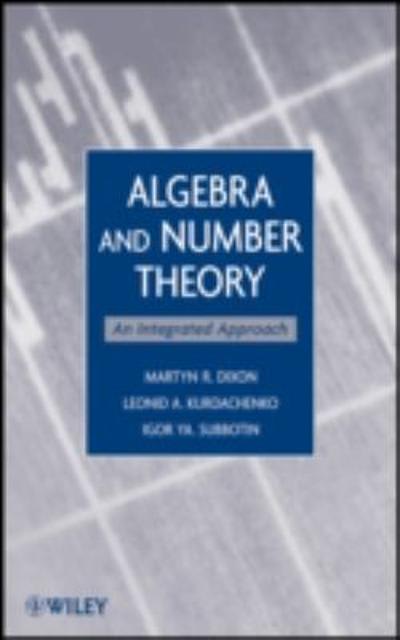Question
Dr. Chiada has been the head of the Fumaa Medical Center in Brooklyn for many years. As he faces retirement, his thoughts turn to his
Dr. Chiada has been the head of the Fumaa Medical Center in Brooklyn for many years. As he faces retirement, his thoughts turn to his legacy. He decided that something must be done to curb the asthma epidemic in New York City that has emerged under his watch. Each year more and more young adults come to the various clinics at Fumaa and pass through the Emergency Department due to asthma. Despite many medical advances, the etiology of asthma is still not well understood. Finding a manipulable cause of asthma would be a wonderful final accomplishment before retirement.
Over time he developed a theory that he thinks could be an answer. He has noticed that the housing stock in the city has deteriorated along with the increase in asthma and felt that there must be some connection. While there are many health consequences of living in substandard housing, he hypothesized that exposure to cockroaches is what is driving the epidemic.
He is convinced that exposure to cockroaches is a cause of asthma. He recognizes that those with insufficient income are at greater risk of cockroach exposure since they are more likely to live in substandard housing, and that substandard housing can cause asthma through other mechanisms.However, he doesn't think this would entirely explain any association between cockroach exposure and asthma. He thinks the relationship is causal. One mechanism for this effect might be exposure to insecticides used to exterminate the roaches. Dr. Chiada actually thinks that the more important pathway is through direct exposure to the roaches and their droppings. But as a first step, he feels it is necessary to examine the viability of the insecticide pathway. In addition, while he thinks that cockroach exposure is problematic for everyone, it has a more pronounced effect among young adults who were sensitized to cockroaches in their childhood.
He decided to apply to NIH to conduct a study to test his theory. He called on two productive epidemiologists under his mentorship to develop the grant - Dr. Barata, an entomologist turned epidemiologist who is an allergy specialist, and Dr. Fbica, an asthma specialist. With some hesitance, he also contacted Dr. Meditative, a quixotic individual with no known first name, who leads the department in replicated research findings. He has a feeling that something is not quite right about her methods, but her track record suggests that her participation would be invaluable.
The goal of the project, as described to the researchers, is to test Dr. Chiada's theory among adultsbetween the ages of 18 and 24 who live in the Millbasin section of Brooklyn. With the exception of some specialty clinics, this is the catchment area served by the Fumaa Medical Center.
Although Drs. Barata, Fbica and Meditative are all grateful to Dr. Chiada for his wonderful mentorship, they can't seem to decide on an appropriate study design. Dr. Barata is convinced that a cohort study is vital whereas Dr. Fbica thinks that a case control study would be more efficient. Oddly, Dr. Meditative seems to have no opinion about the study design at all. There is also some personal friction among these researchers. Dr. Barata finds Dr. Fbica's fastidiousness extremely annoying while Dr. Fbica thinks Dr. Barata is just plain creepy. Neither of them has any patience for Dr. Meditative who is just not a serious scientist. Although they won't admit it, they are both jealous that she always seems to know the right answer, even when everyone else is baffled. They each spoke privately to Dr. Chiada who agreed in the end that three grant proposals are better than one.
Dr. Barata wrote a grant to conduct a cohort study and Dr. Fbica wrote a grant to conduct a case control study.
1. Provide 5 potential methodological problems with this cohort study (e.g., confounding, selection bias, measurement error, random sampling error, generalizability).
2. Dr. Chiada's theory was inspired by the observation that the rise in asthma over time corresponded to an increase in substandard housing and therefore exposure to cockroaches during the same time period. He theorized that this increase roach exposure caused the increase in asthma. Assume for the moment that Dr. Barata's and Dr. Fbica's studies were free of methodological error. Do their studies address this hypothesis? If so, how? If not, why not?
Step by Step Solution
There are 3 Steps involved in it
Step: 1

Get Instant Access to Expert-Tailored Solutions
See step-by-step solutions with expert insights and AI powered tools for academic success
Step: 2

Step: 3

Ace Your Homework with AI
Get the answers you need in no time with our AI-driven, step-by-step assistance
Get Started


